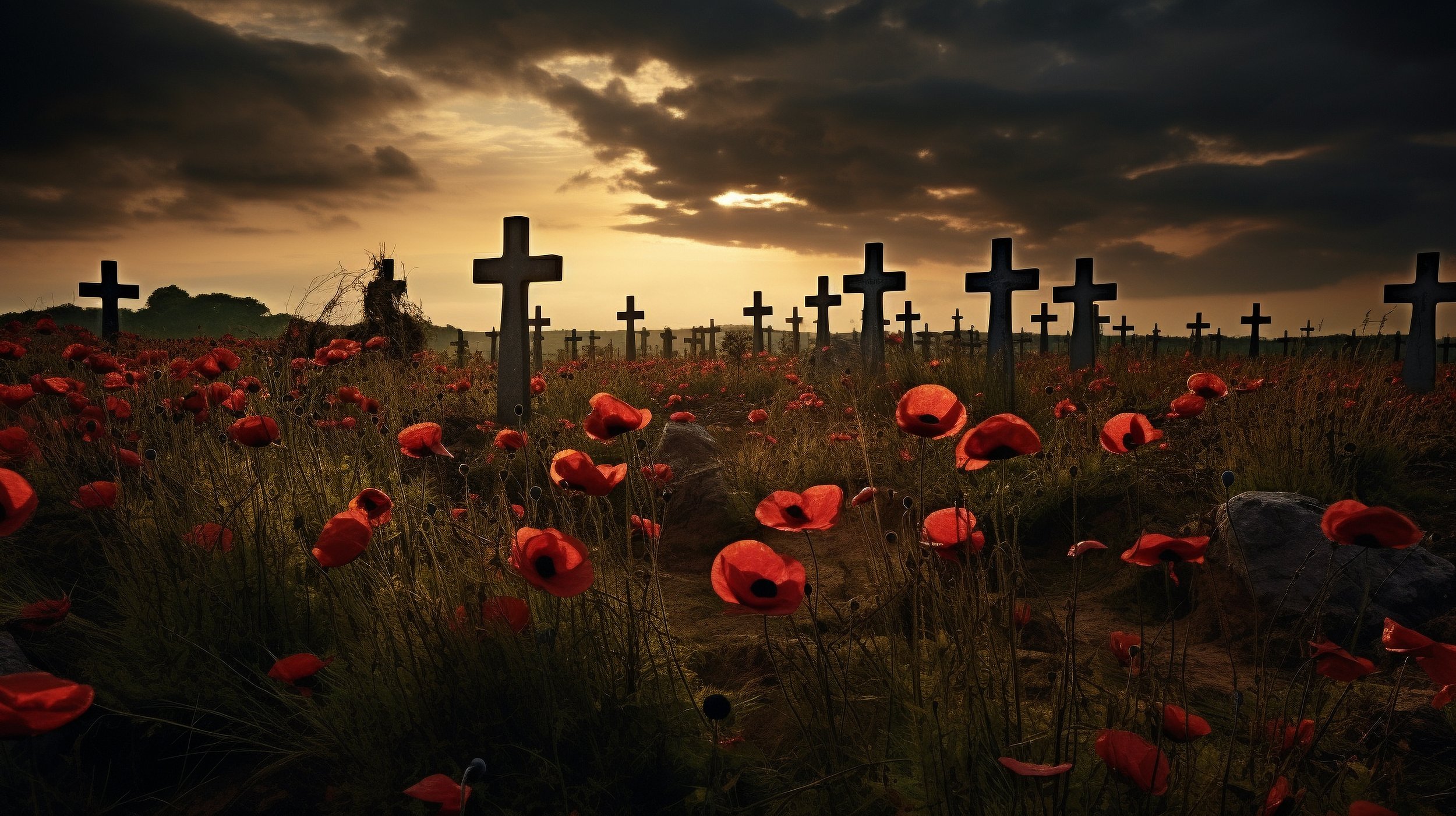Image courtesy of Adobe Stock.
Honouring Remembrance Day: A Time to Remember, Reflect, and Educate
---
Introduction
As the days grow colder and the leaves fall, Canadians across the country prepare to honor Remembrance Day, a solemn occasion dedicated to honoring the sacrifices of our brave servicemen and women. This significant day holds a special place in our hearts, reminding us of the importance of gratitude, remembrance, and education. In this blog post, we will delve into the history of Remembrance Day, exploring its origins, the reasons behind its observance, and how parents can sensitively talk to their children about this important day.
A Brief History of Remembrance Day
Remembrance Day, originally known as Armistice Day, commemorates the end of World War I on November 11, 1918. The armistice agreement was signed, signaling the cessation of hostilities on the Western Front and bringing an end to one of the deadliest conflicts in human history. Over time, Armistice Day evolved into Remembrance Day, encompassing the remembrance of all Canadian military personnel who have died in the line of duty during subsequent conflicts.
Image courtesy of Adobe Stock.
Why Do We Celebrate Remembrance Day?
Remembrance Day is not just a public holiday; it's a poignant reminder of the sacrifices made by our soldiers to safeguard our freedom and peace. It serves as a collective expression of gratitude, ensuring that the courage and dedication of our veterans are never forgotten. Through ceremonies, wreath-laying, and moments of silence, Canadians pay tribute to the fallen heroes who selflessly served their country.
Talking to Children About Remembrance Day
Discussing Remembrance Day with children can be a delicate task, requiring sensitivity and age-appropriate explanations. Here are a few tips to help parents broach the subject:
1. Keep It Simple: For younger children, use simple language to explain the concept of war, bravery, and the importance of honoring those who fought for our freedom.
2. Share Stories: Narrate age-appropriate stories of real-life heroes or read books that focus on themes of bravery and sacrifice. Personalizing the stories can make a significant impact.
3. Visit Memorials: Take children to local war memorials or museums. Seeing the tangible reminders of history can help them better understand the significance of Remembrance Day.
4. Encourage Reflection: Engage older children in discussions about the broader implications of war and peace. Encourage them to reflect on how they can contribute to a more peaceful world.
5. Art and Creativity: Encourage children to express their thoughts and feelings through art, poetry, or crafts. Creative activities can serve as a channel for them to process emotions and show respect.
Conclusion
As Remembrance Day approaches, let us come together as a nation to honor the past, appreciate the present, and shape a better future. By educating our children about the sacrifices made by our veterans and fostering a culture of remembrance, we ensure that the flame of gratitude continues to burn brightly in the hearts of generations to come. Let us stand united in remembrance, reflecting on the bravery of our servicemen and women, and committing ourselves to a world of lasting peace and understanding.
This article was written with the assistance of ChatGPT.

